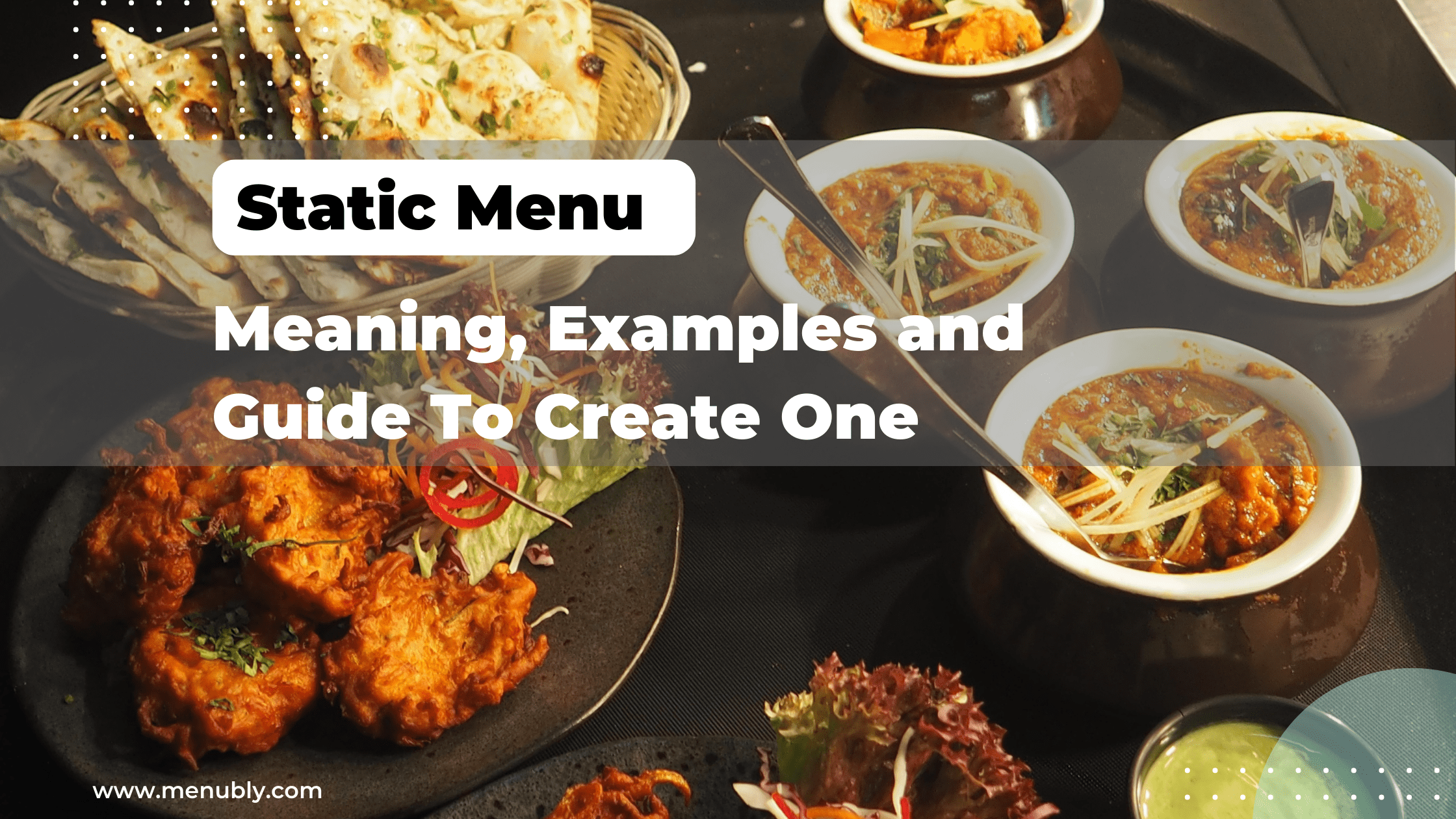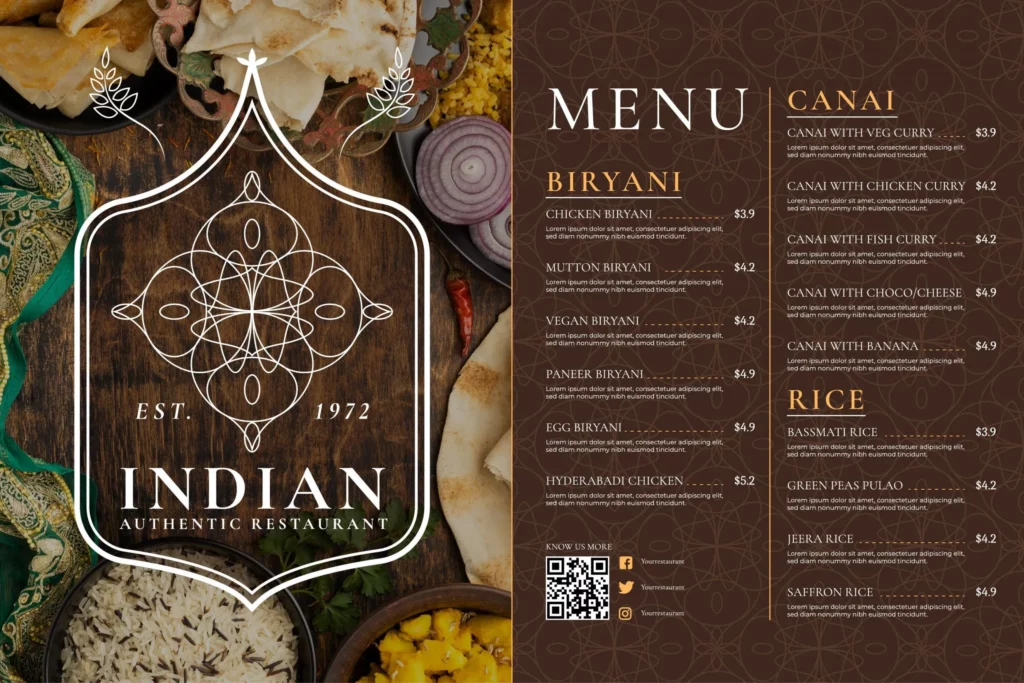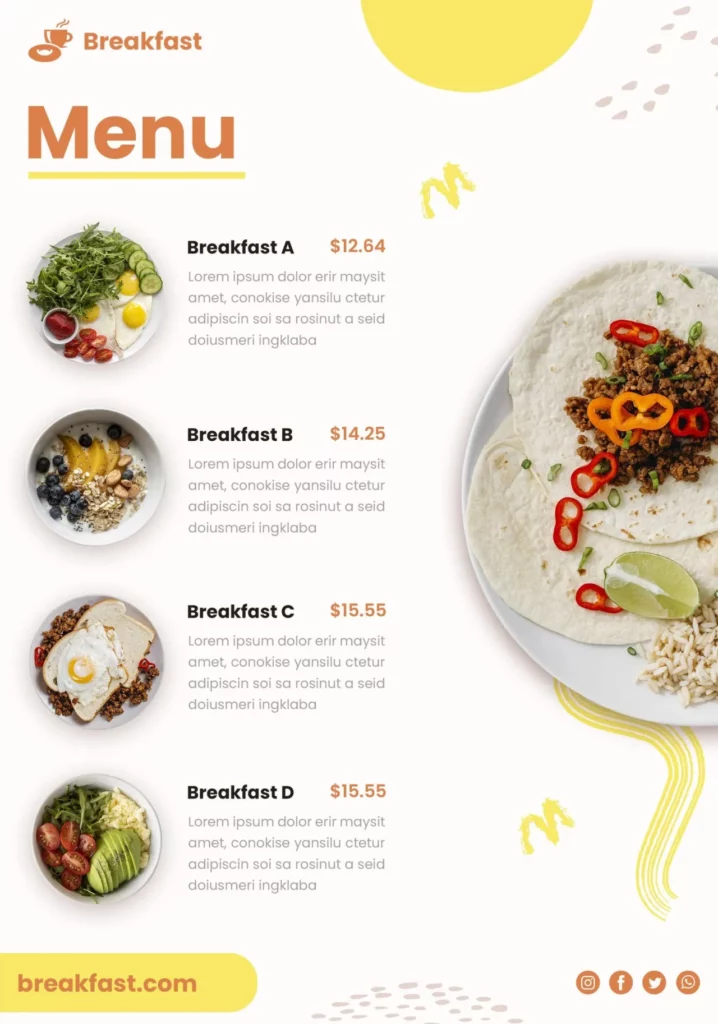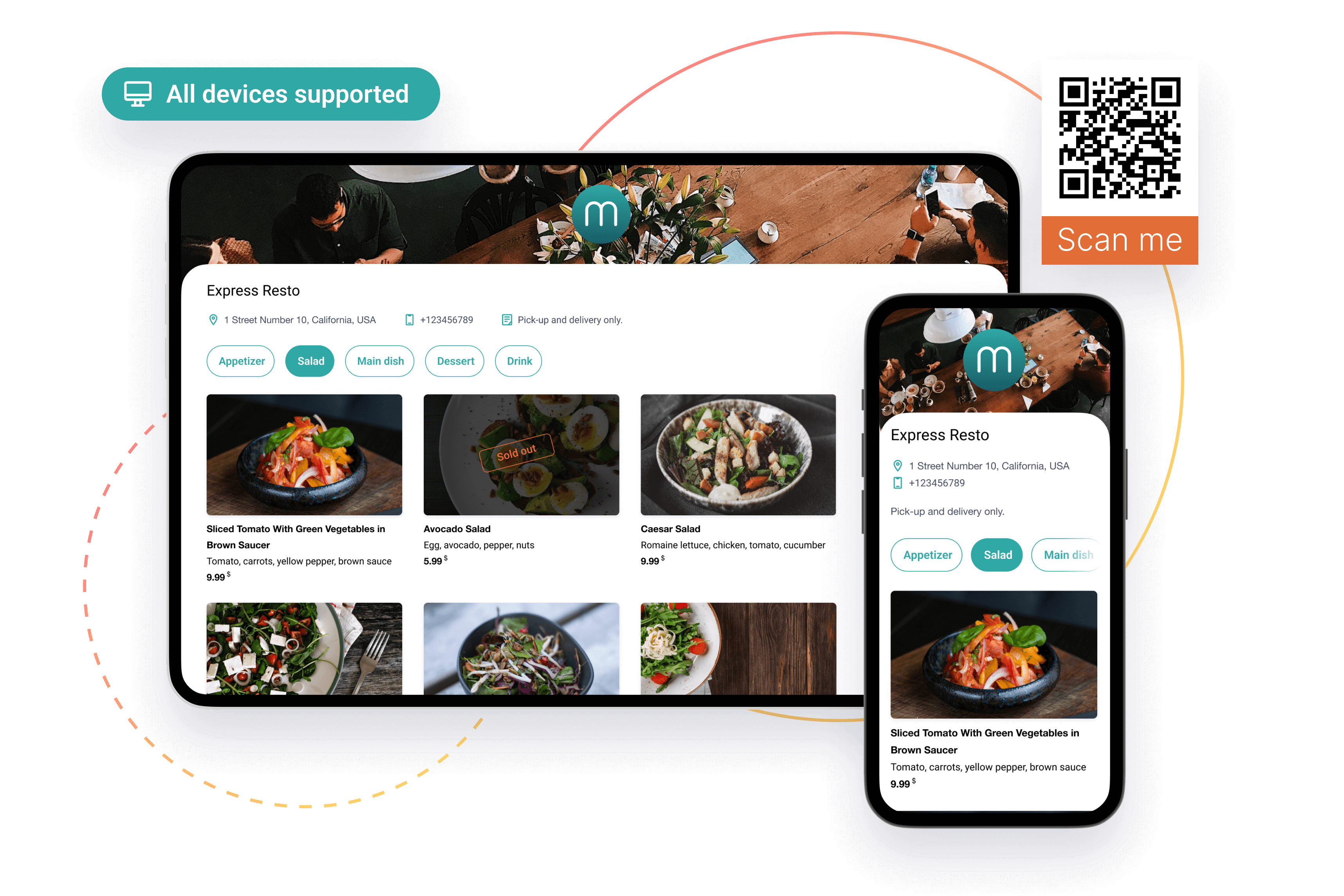
A static menu is a fundamental concept in the culinary world, serving as the backbone for many restaurants and eateries. This time-tested menu style has been the go-to choice for countless establishments, enchanting patrons with the promise of consistency and familiarity. As you stroll down memory lane, reminiscing about that classic dish that keeps you coming back for more, you can’t help but appreciate the charm of a static menu. In this article, we will delve into the world of static menus, exploring their meaning, advantages, disadvantages, various types, and design principles. With a sprinkle of creativity and a dash of insight, we will serve up a flavorful guide to understanding the essence of static menus and their place in the restaurant industry. So, grab a seat, and let’s embark on this culinary journey together.
A static menu is a type of menu that doesn’t change much, allowing guests to enjoy their favorites time and time again. Unlike a dynamic menu, which frequently changes to offer new culinary experiences, a static menu provides a reliable roster of items, enabling restaurants to build a reputation around their signature dishes.
The primary difference between a static menu and a dynamic menu lies in the frequency of change and variety of offerings:
A static menu offers a sense of familiarity to patrons who may have a favorite dish they like to order on a regular basis. This consistency allows customers to know what to expect, fostering loyalty and repeat business. Unlike the ever-changing nature of a table d’hote menu, a static menu provides a reliable experience.
Maintaining a static menu also simplifies daily operations for restaurant staff. With a consistent menu, chefs and kitchen staff have enough time to master the preparation and presentation of dishes. This leads to higher quality food and a more efficient kitchen.
Another advantage of a static menu is the ease of inventory management. A restaurant can more accurately predict the necessary ingredients and stock levels, reducing food waste and ensuring that fresh ingredients are always available.
By offering a stable selection of dishes, restaurants can better control food costs and maintain pricing consistency. This may help to attract budget-conscious diners who appreciate knowing what to expect in terms of both food and cost.
Similar to prix fixe menu, a static menu restricts chefs’ creativity. With a fixed selection of dishes, chefs may find it challenging to showcase their talents and experiment with new culinary techniques. Although a static menu offers consistency, it might not provide the most engaging way for chefs to express their skills.
In contrast to an a la carte menu which offers a wide range of options. With a static menu, customers have a limited set of options to choose from.
Static menus can also limit a restaurant’s ability to capitalize on seasonal ingredients. By not updating the menu to incorporate fresh, locally-sourced produce, restaurants may miss out on the opportunity to offer dishes with peak flavors and textures. Seasonal menus, on the other hand, can celebrate the best of what each season has to offer.
For diners who crave novelty, a static menu may not provide enough variety to keep them interested. Customers who never encounter new options might eventually become bored and seek out more diverse culinary experiences elsewhere.
Finally, static menus can make it harder for restaurants to adapt to changing food trends and preferences. In an ever-evolving food landscape, the ability to stay current and respond to customer demands is crucial for long-term success.



Designing a static menu that is both visually appealing and functional is essential for a successful dining experience. In this section, we will explore best practices, factors to consider, and examples of good static menu design.
While static menus are known for their consistency, restaurants can still keep them feeling fresh by incorporating some of the following strategies:
Pricing strategies for static menus can vary depending on the type of establishment and target audience. Some common approaches include:
The decision to implement a static or rotating menu depends on several factors, such as the restaurant’s concept, target audience, and operational capabilities. A static menu is ideal for establishments that want to build a strong brand around signature dishes and provide a consistent dining experience. A rotating menu, on the other hand, is better suited for restaurants looking to showcase their culinary creativity and adapt to changing food trends. It’s essential to consider your restaurant’s unique needs and goals when choosing the best menu type for your establishment.
Incorporating customer feedback into your static menu can help ensure your offerings remain appealing and relevant. Here are some ways to gather and implement customer feedback:
By actively seeking and incorporating customer feedback, you can continuously refine your static menu and keep it fresh, engaging, and in line with your patrons’ preferences.
When setting up your restaurant, it’s crucial to explore ways to attract more customers to your restaurants. One effective way to do this is by having a dedicated website where your customers can learn everything about your restaurant anytime, anywhere.
Menubly Website Builder lets you create a mini website with a built-in digital menu which centralizes all important information about your restaurant into one accessible link. It makes it easy for your customers to interact with your restaurant: they can view your menu, find your location, book a table, place delivery orders… all in one place.
By adding your mini website link in your Instagram bio and other social media profiles, or sharing it directly with customers, you make it easy for them to discover and engage with your restaurant through a single, convenient link. This streamlined approach not only enhances customer experience but also boosts your online presence and attract more customers.
Best of all? You can set up your Menubly website for Free in just under 5 minutes and tailor it to match your restaurant’s style.
Ready to boost your restaurant’s online presence? Click here to create your free website with Menubly!
In conclusion, static menus offer a range of advantages, such as consistency, familiarity, and ease of use for both the restaurant and its patrons. They allow restaurants to build a strong brand identity and offer a reliable dining experience that customers can count on. However, static menus can also have their drawbacks, such as limited flexibility for seasonal ingredients or daily specials. They may not cater to customers seeking a dynamic dining experience where the menu changes daily, and there could be missed opportunities for showcasing culinary creativity.
Ultimately, when deciding whether a static menu is the right choice for your establishment, it’s essential to consider the restaurant’s concept, target audience, and operational capabilities. While a static menu may not be the perfect fit for every establishment, it can be an excellent option for many restaurants seeking to provide a dependable and consistent dining experience.
With thoughtful design, attention to customer feedback, and occasional updates, a static menu can continue to engage and delight patrons, making it a cornerstone of your restaurant’s success.
Follow Us